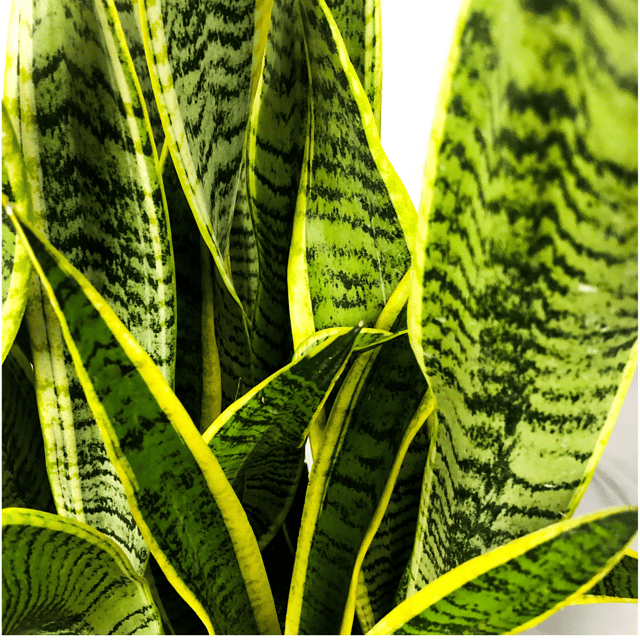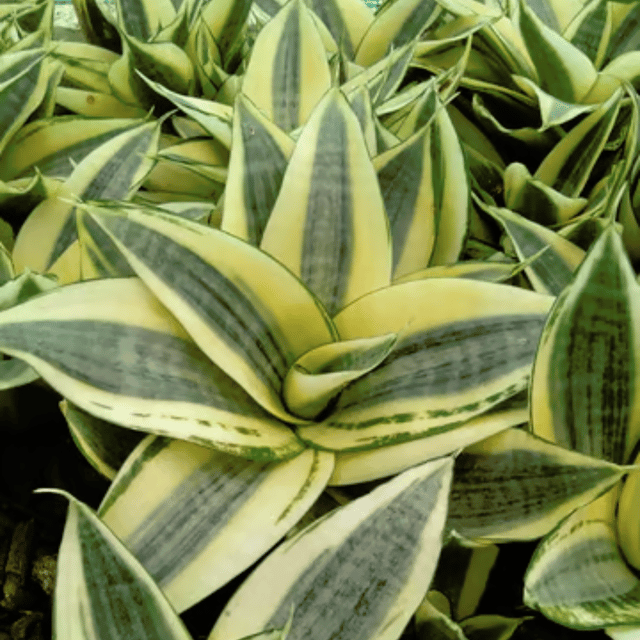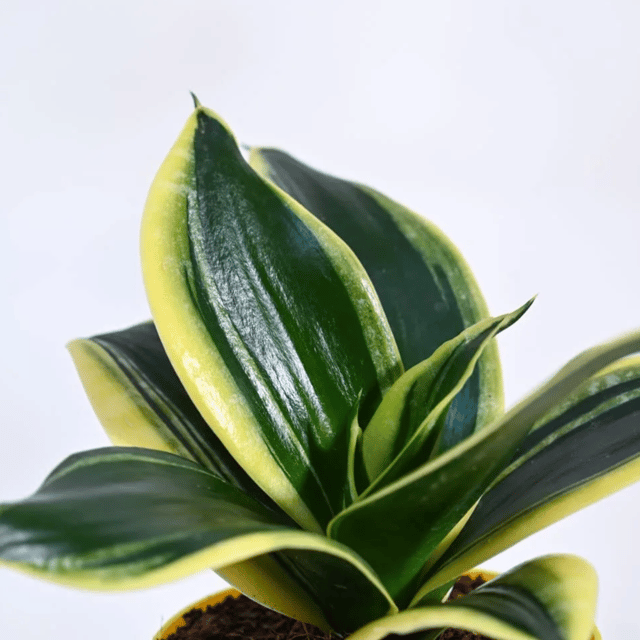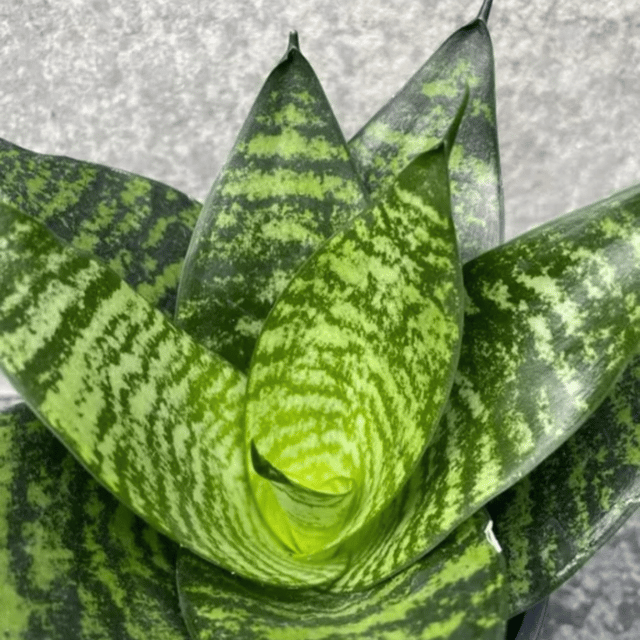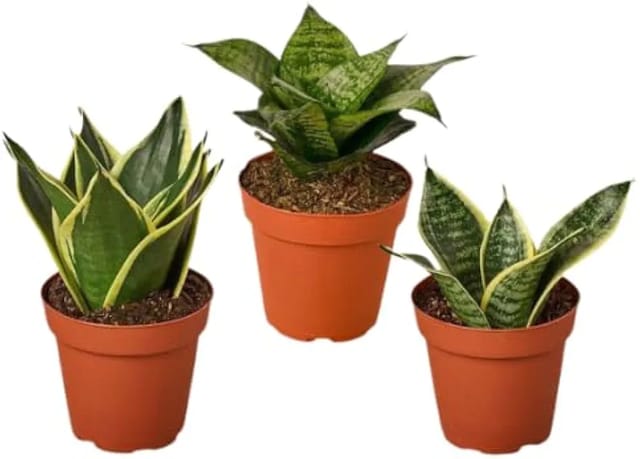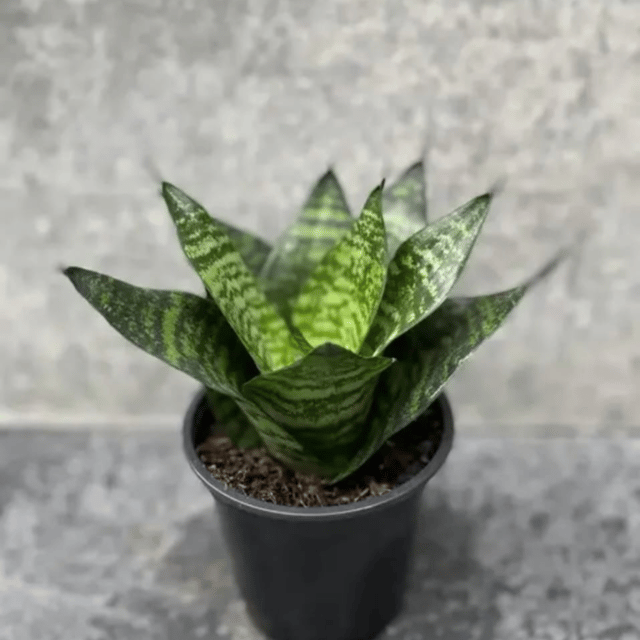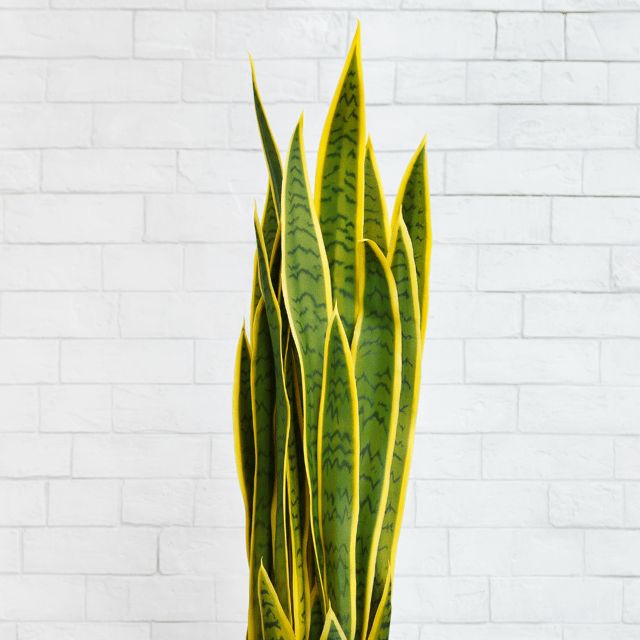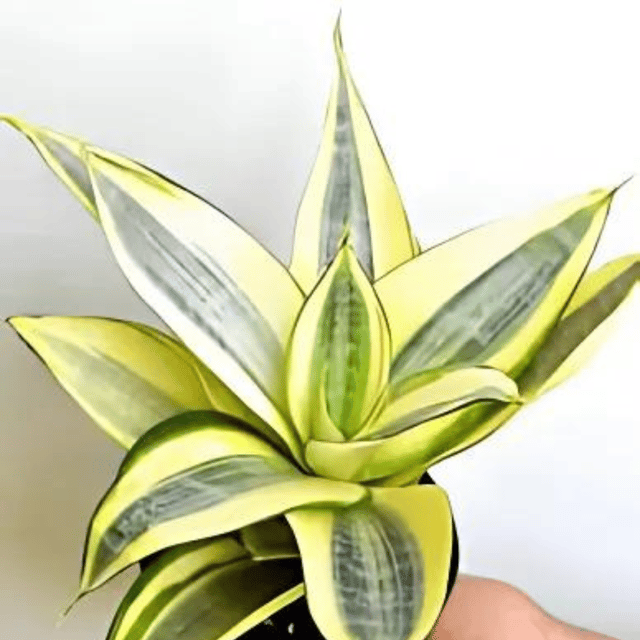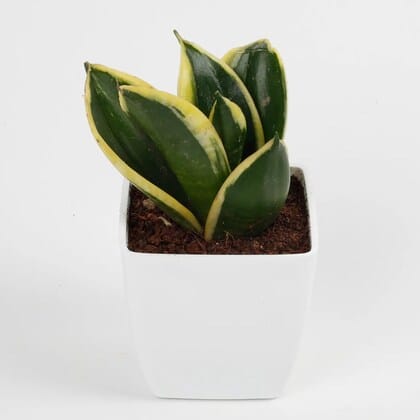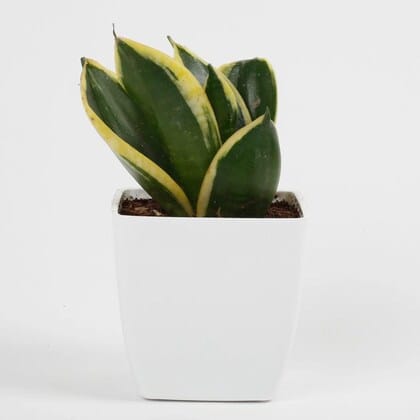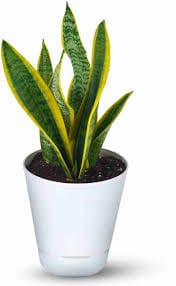Currency
Language
Snake Plant
Everything You Need to Know About Snake Plants
The Snake Plant, also known as Sansevieria or Mother-in-law’s tongue, is one of the most popular indoor plants today. Loved for its hardy nature, air-purifying quali...
Everything You Need to Know About Snake Plants
The Snake Plant, also known as Sansevieria or Mother-in-law’s tongue, is one of the most popular indoor plants today. Loved for its hardy nature, air-purifying qualities, and aesthetic appeal, this plant is the perfect addition to any home or office. Whether you're a seasoned gardener or a first-time plant owner, the Snake Plant offers numerous benefits that make it a must-have in your collection. This comprehensive guide will cover the history, benefits, and varieties of Snake Plants, including how they fit into Vastu principles and practical tips for buying and caring for them online.
Introduction to Snake Plants
The Snake Plant has a rich history and originates from tropical West Africa. Over the years, it has gained widespread popularity due to its unique look and easy-to-care-for nature. Known scientifically as Sansevieria trifasciata, this plant has become a common feature in homes, offices, and apartments worldwide, especially in regions like India where indoor gardening has gained momentum. The long, stiff, sword-like leaves give it a sleek appearance, making it a perfect fit for modern interior designs.
Why Snake Plants Are Popular in Modern Homes and Offices
The Snake Plant's ability to adapt to various lighting conditions, its low maintenance, and its air-purifying qualities make it a favorite for both indoor and outdoor spaces. It can thrive in low light, making it ideal for homes with limited sunlight or office spaces where natural light might be scarce. Additionally, its sleek look adds a touch of nature to any room while requiring minimal attention.
Top Benefits of Snake Plants
Air Purification Benefits
One of the key benefits of Snake Plants is their ability to purify indoor air. They effectively remove toxins like formaldehyde, xylene, benzene, and trichloroethylene from the air, improving air quality. In fact, NASA’s Clean Air Study highlighted Snake Plants as one of the top plants for filtering indoor air. Unlike many other plants, Snake Plants release oxygen even at night, making them a great choice for bedrooms.
Low Maintenance
If you’re looking for a plant that’s easy to care for, the Snake Plant is a perfect option. It requires minimal water, thrives in indirect sunlight, and can survive in varying temperatures. Whether you're a gardening pro or someone who tends to forget about plant care, the Snake Plant is a forgiving companion.
Improving Indoor Air Quality
Aside from removing toxins, Snake Plants also improve the overall air quality of a space, increasing humidity and thus reducing dryness. This is especially beneficial in air-conditioned homes or offices where the air can become dry and cause discomfort.
Snake Plant as a Snake Repellent
There’s a common belief that Snake Plants can repel snakes. However, this is more of a myth than a scientifically proven fact. Some people claim that the sharp, pointed leaves of the plant discourage snakes from entering gardens or homes. While there is no concrete evidence to support this claim, many homeowners include Snake Plants in their garden as a possible deterrent.
Other Snake-Repellent Plants
If you're concerned about keeping snakes away, there are other plants like lemongrass, marigolds, and mother-in-law’s tongue (another name for Snake Plant) that are believed to repel snakes. Although these plants may help create an environment that's less attractive to snakes, it's important to remember that they are not guaranteed solutions.
Popular Varieties of Snake Plants
Snake Plants come in various shapes and sizes, making them versatile for any space. Whether you need a compact plant for your desk or a tall, striking one for your living room, there’s a variety to suit your needs.
Sansevieria Trifasciata
This is the most common variety, known for its tall, upright leaves with green banding. It's ideal for both large and small spaces and is often chosen for its iconic look.
Sansevieria Laurentii
A variegated form of Sansevieria Trifasciata, this variety has yellow edges that add a pop of color to any indoor setting. It’s an excellent choice for those looking to brighten up a room.
Sansevieria Cylindrica
With its cylindrical, spear-like leaves, this variety adds a unique visual interest. The leaves grow outward, creating a fan-like arrangement that’s perfect for contemporary spaces.
Sansevieria Golden Hahnii
This small snake plant variety is compact, growing only about 6-10 inches tall, with attractive golden-edged leaves. It’s ideal for smaller areas like desktops, kitchen counters, or window sills. Its dwarf size also makes it suitable for offices or apartments with limited space.
Small Snake Plant Varieties for Indoor Spaces
If space is a concern, smaller varieties like Sansevieria Golden Hahnii or Sansevieria Moonshine are great choices. They fit perfectly in small pots and can be placed in tiny nooks, making them versatile additions to your home.
Vastu and Snake Plants: Harmonizing Indoor Spaces
In Indian culture, Vastu Shastra plays an important role in determining the placement of various items within a home, including plants. According to Vastu principles, the Snake Plant is believed to bring positive energy and good health to a space.
Best Placement for Snake Plants in Homes/Offices
To align with Vastu guidelines, it's recommended to place Snake Plants in the southeast corner of a home or office. This placement is believed to attract wealth and prosperity. Moreover, placing Snake Plants near windows or entryways allows them to filter out negative energies, ensuring a balanced and harmonious environment.
Buying Snake Plants Online: What to Look For
Purchasing a Snake Plant online can be convenient, but it's essential to ensure you're getting a healthy plant. Here are some tips to help you make the right choice:
Check for Reputable Sellers
Look for sellers with good customer reviews and ratings. At Paudhewale.com, we offer a wide selection of Snake Plants that are grown with care and delivered in excellent condition.
Understand Plant Size
When buying online, make sure you check the size of the plant you’re purchasing. Snake Plants come in various sizes, so whether you want a small desktop plant or a larger one for your living room, be sure the plant's height matches your needs.
Ensure Safe Delivery
Plants can be delicate, so it's important to ensure that your purchase will be packaged securely. Sellers who offer careful packaging and handling are key when ordering live plants online.
Caring for Your Snake Plant
Snake Plants are known for their low-maintenance nature, but they still require basic care to thrive. Here are some essential care tips to keep your plant healthy and vibrant:
Watering Practices
Snake Plants are drought-tolerant and don’t need frequent watering. Overwatering is one of the most common mistakes with Snake Plants. It’s best to water only when the top layer of soil is dry, usually every 2-4 weeks.
Light and Temperature Requirements
While Snake Plants prefer indirect light, they can also tolerate low light conditions. They thrive in moderate room temperatures but should be kept away from extreme cold or hot drafts.
Common Pests
Snake Plants are relatively pest-resistant, but they can occasionally attract mealybugs or spider mites. To avoid pests, ensure your plant is not overwatered and wipe the leaves regularly to remove dust.
FAQs About Snake Plants
Does the Snake Plant Repel Snakes?
While the belief that Snake Plants repel snakes is popular, there is no solid scientific evidence to support this claim. However, some people choose to plant them as a possible deterrent.
Are Snake Plants Toxic to Pets?
Yes, Snake Plants can be mildly toxic to pets like cats and dogs if ingested. It’s best to place them out of reach of curious pets.
How Do I Propagate a Snake Plant?
Snake Plants can be propagated through division or leaf cuttings. Simply cut a healthy leaf, let it dry for a few days, and then plant it in well-draining soil.
Can I Keep Snake Plants in My Bedroom?
Yes! Snake Plants are ideal for bedrooms as they release oxygen at night, improving air quality while you sleep.
Looking to add a Snake Plant to your home or office? Explore Paudhewale.com’s curated collection of Snake Plants, available in various sizes and varieties. Get expert advice on plant care and find the perfect plant to suit your space. With Paudhewale.com, you can bring nature indoors and enjoy the many benefits of Snake Plants.

